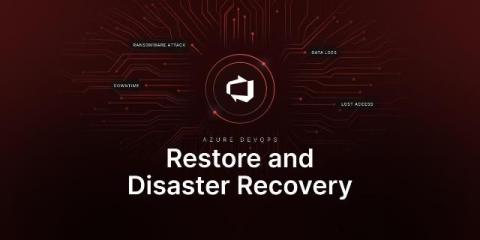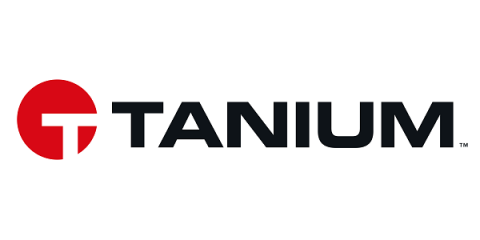Azure DevOps Restore and Disaster Recovery
Make sure that all your Azure DevOps data is secured in any event of failure. Try GitProtect backup and Disaster Recovery software for Azure DevOps and prevent any data loss scenario. The IT industry nowadays is growing faster than ever before, and with it, there are potential threats that could negatively impact your business. Being able to recover quickly from any event of a disaster should become a key aspect of your cyber defenses.











